Photo: Unsplash
In the thrilling world of American football, where every play can be a game-changer, there's a hidden language that's as important as the touchdowns and tackles. We're talking about the intricate art of play calling. Have you ever wondered what those quarterbacks are doing with their iPads, earpieces and mysterious codes on the field? Let's decipher this fascinating aspect of the game.
The Technological Revolution: iPads, Earpieces and Green Dots
In the modern NFL, technology reigns supreme. iPads have replaced the old-school whiteboards with real-time analysis at the quarterback's (and coaches') fingertips. Have you ever seen the quarterback holding the side of his helmet? That's because he's trying to hear the play call through an earpiece. Only one player on each side of the ball can have this privilege, known as the "green dot," which alludes to the green dot on the helmet of the approved player for the communication device. It's a highly regulated system that adds an extra layer of strategy to the game.
Collegiate Constraints: Hand Signals and Play Cards
While NFL teams revel in the high-tech world of earpieces, college football takes a different approach due to varying budgets. College teams rely on good old-fashioned hand signals and quirky play cards. You might spot play cards featuring SpongeBob SquarePants or Superman, each with a hidden meaning known only to the team.
From Signals to Audibles: Transitioning from College to the NFL
Calling plays is a whole different ball game for college quarterbacks making the leap to the NFL. Many college quarterbacks come from spread offenses, where they rarely huddle and often use hand signals or play cards. They rarely have to call a play. In contrast, the NFL demands precision and adaptability, especially in the noisy chaos of packed stadiums.
The Enigma of "Omaha" and Audibles
Ever wondered about Peyton Manning's famous "Omaha" call? It's become legendary in football lore, but its true meaning remains a secret. (Signs indicate that it's an indicator word – but what does it mean? That's for Peyton to know and for us to guess). Audibles are crucial in the quarterback's playbook, allowing them to change plays on the fly based on pre-snap observations. This strategic flexibility keeps the defense guessing.
The No-Huddle Offense: A Fast-Paced Challenge
No-huddle offenses are like a well-oiled machine. Typically used in high-pressure moments or the last two minutes of a game, this approach relies on rapid communication through hand signals and quick decisions. It might look chaotic, but it should catch the defense off guard by design and not waste precious time off the game clock.
Cracking the Play Call Code: It's All About Timing and Cadence
Each play call is like a symphony, with carefully chosen words and a specific cadence. Linemen listen for cues that indicate their roles in the play. The timing is impeccable, ensuring everyone knows what to do before the clock runs down.
Pay attention to the quarterback's subtle cues and codes the next time you watch a football game. The art of play calling is a complex, highly orchestrated dance that adds depth and strategy to every ball snap. It's a testament to the intelligence and skill of these incredible athletes. So, the next time you hear "Omaha" or spot a quarterback signaling frantically, you'll have a glimpse into the hidden world of football play calling.


